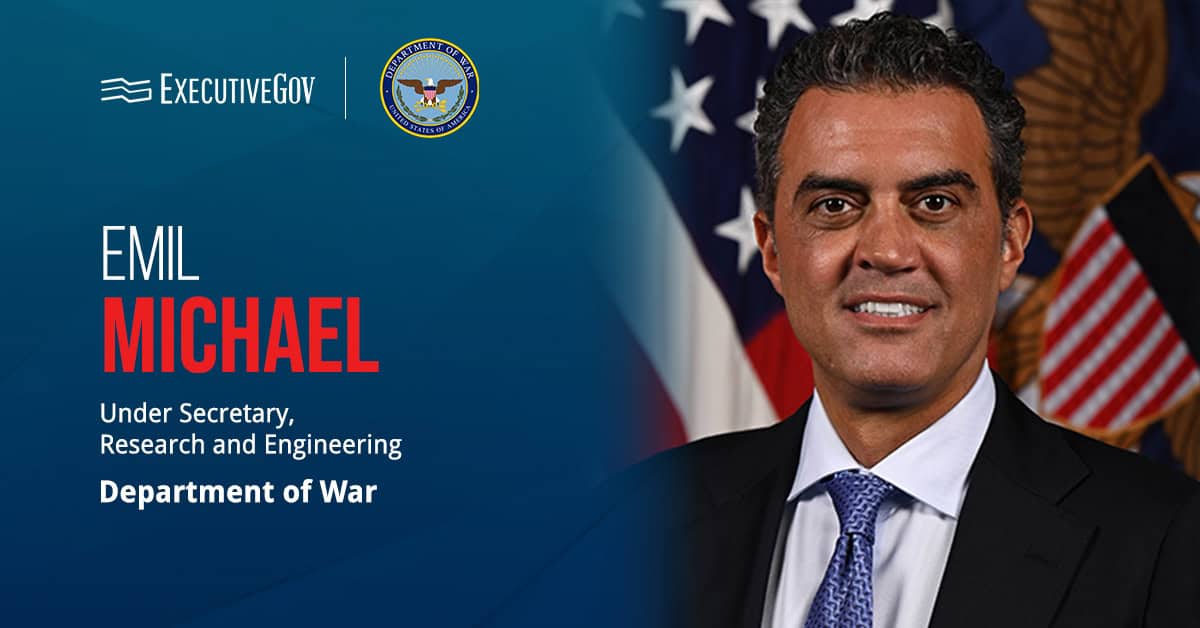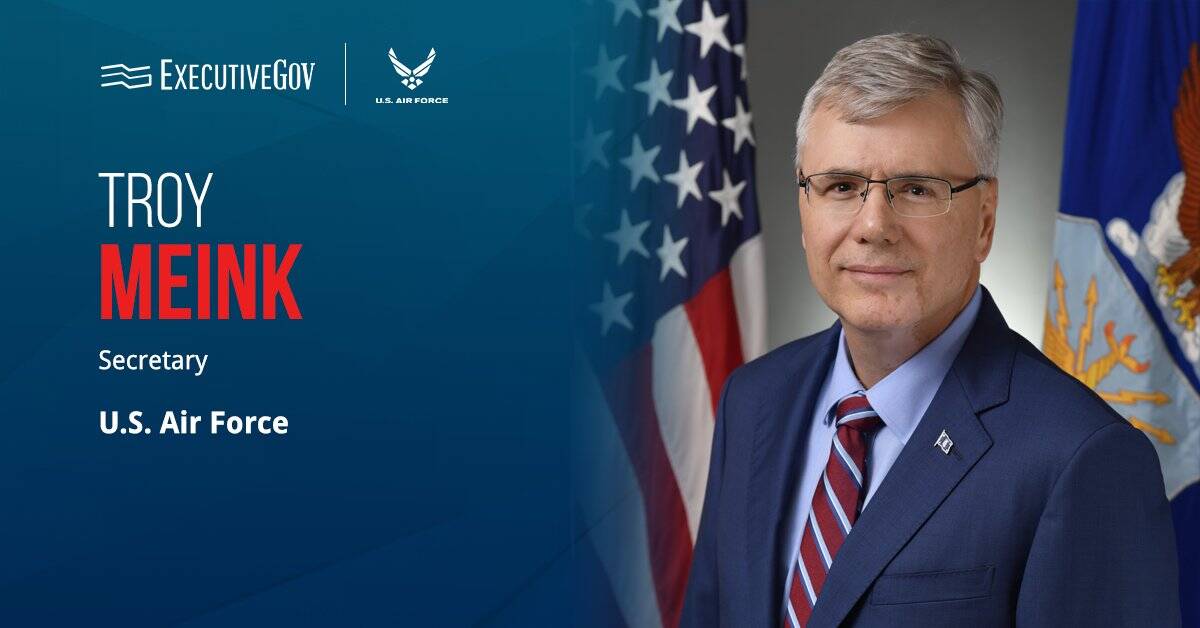
The Federal Aviation Administration has recorded nearly 180,000 unmanned aerial systems that registered with the agency since it launched the registration system in December, FCW reported Wednesday.
Chase Gunter writes the FAA intends for the registration to help address issues around safety involving drones and passenger aircraft.
“Simply put, registration is all about safety,” Michael Huerta, FAA chief, told the Consumer Electronics Show in Las Vegas.
“It provides us with a key opportunity to educate the new generation of airspace users that, as soon as they start flying outside, they’re pilots,†he said.
The FAA charges $5 per system for the registration that is valid for three years, according to the report.





